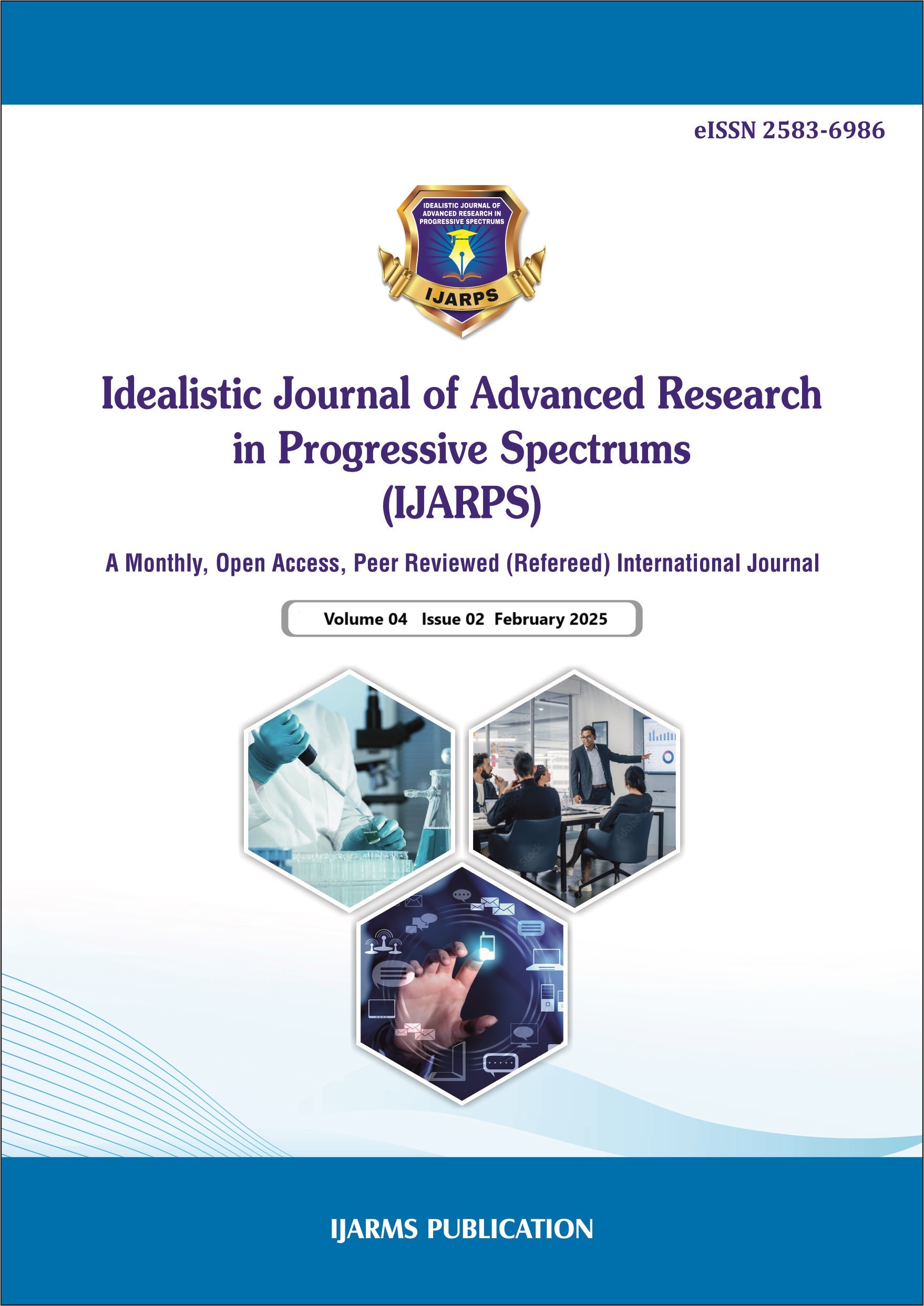Women’s Empowerment: A Key To Achieving Viksit Bharat 2047
Abstract
Women empowerment is an essential foundation for realizing the vision of Viksit Bharat 2047, which aims for a fully developed, equitable, and progressive India. This research paper investigates the vital contributions of women to national development, highlighting the necessity of achieving gender equality across various domains such as education, economic engagement, leadership, healthcare, and digital access. It assesses current policies, socio-economic obstacles, and the transformative effects of empowering women in diverse sectors. The paper illustrates how women's involvement in STEM fields, entrepreneurship, governance, and environmental sustainability can greatly enhance India's GDP, foster innovation, and promote social advancement. It emphasizes the critical need for policy reforms, legal structures, and grassroots initiatives to eradicate gender inequalities. Furthermore, the study examines how technology, financial inclusion, and education can serve as powerful enablers of women's empowerment, facilitating their complete integration into India's developmental framework. This research paper highlights a gender-equal India by 2047 will not only elevate women but also propel sustainable development, strengthen governance, and improve global competitiveness. Realizing this vision necessitates collaboration among multiple stakeholders, including government actions, corporate strategies, and community-led initiatives. Empowering women is not merely a social imperative; it is the key to unlocking India's full potential and ensuring a future that is inclusive, resilient, and prosperous.
Key Words: Women empowerment, Viksit Bharat 2047, vision Development, Education Dimensions,
Challenges
Additional Files
Published
How to Cite
Issue
Section
License
Copyright (c) 2025 www.ijarps.org

This work is licensed under a Creative Commons Attribution-NonCommercial 4.0 International License.

